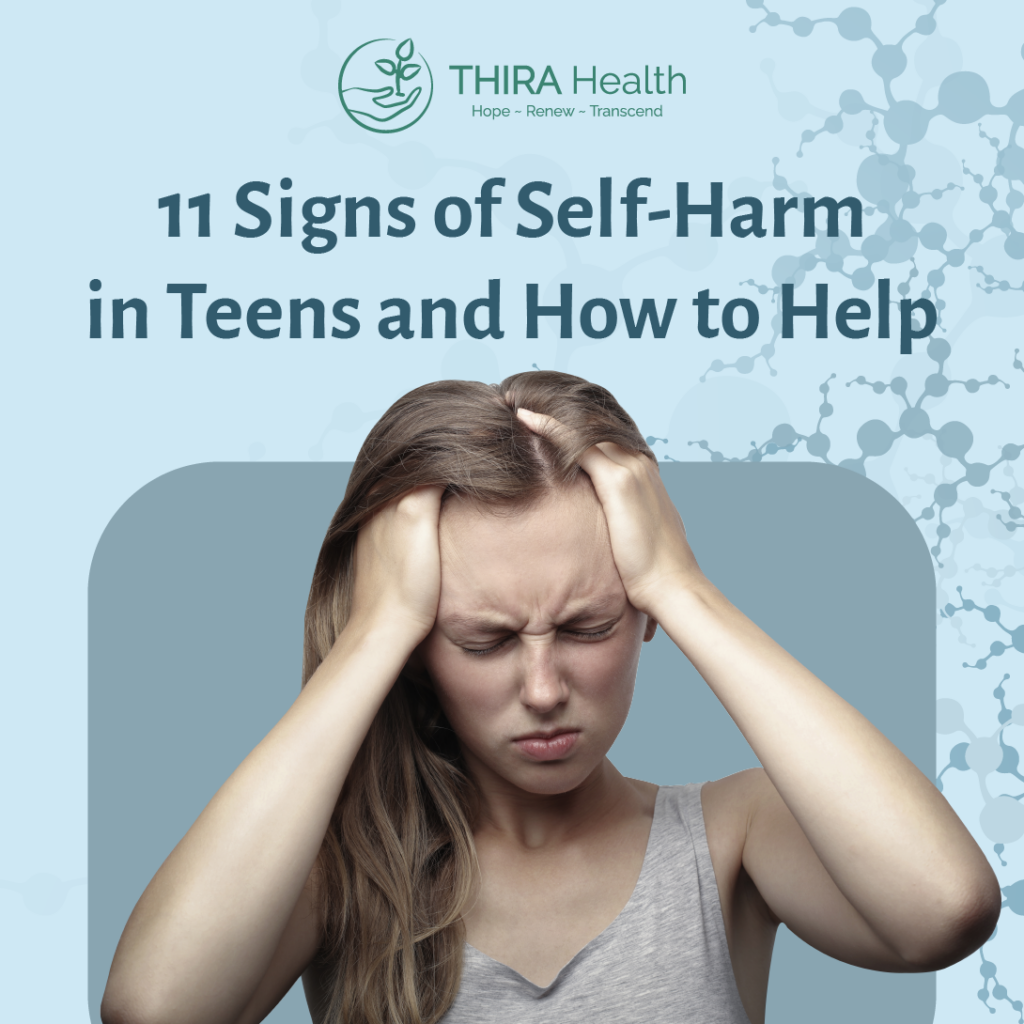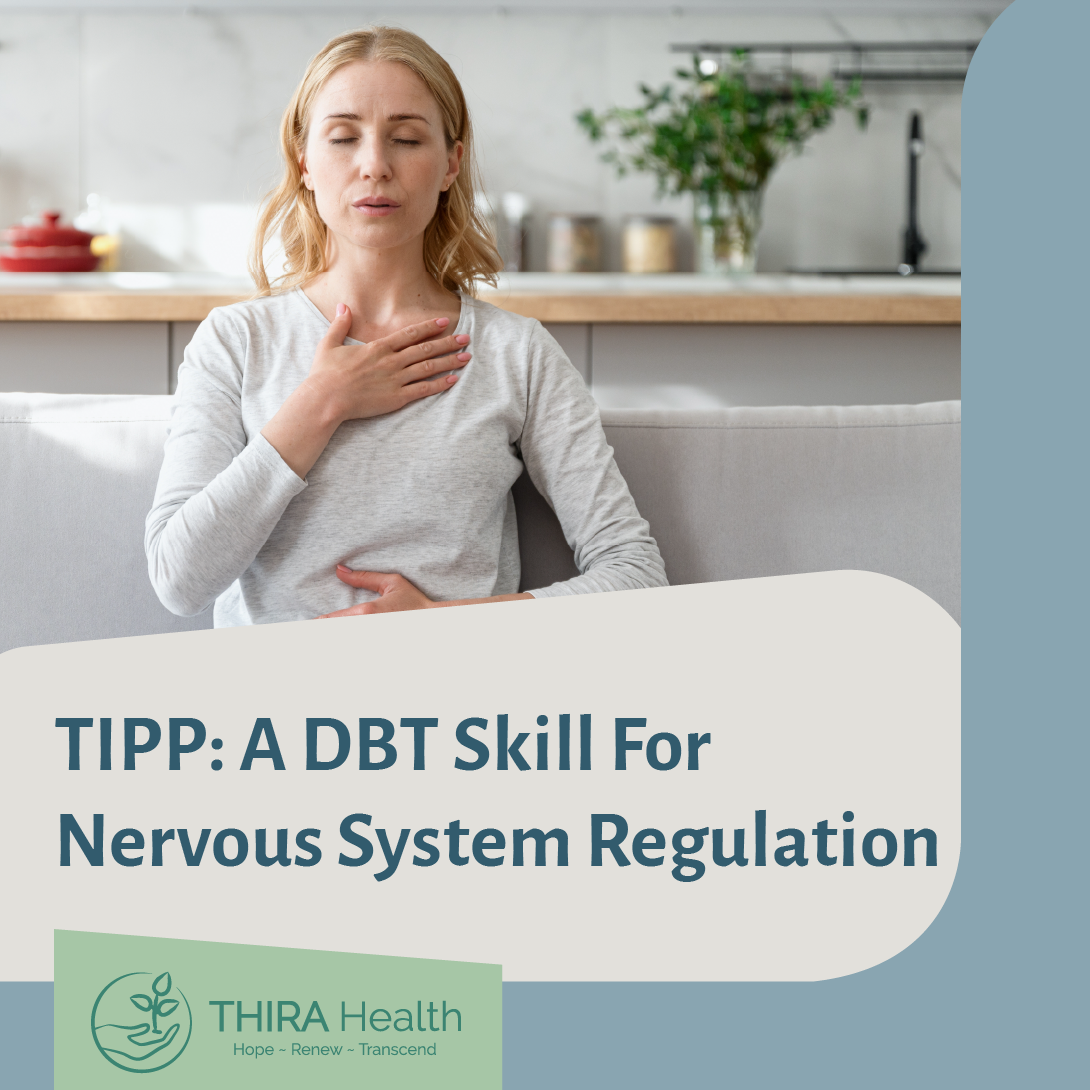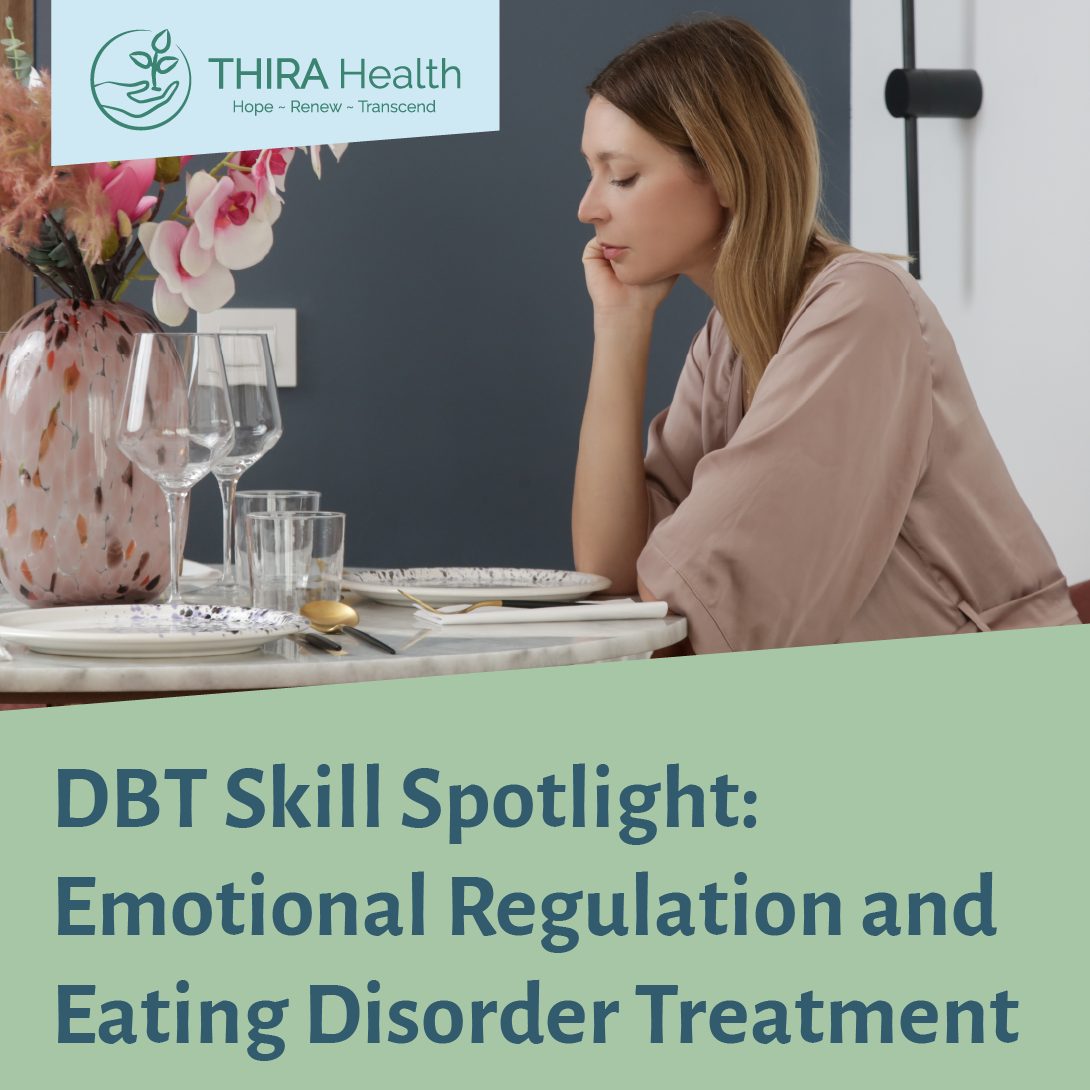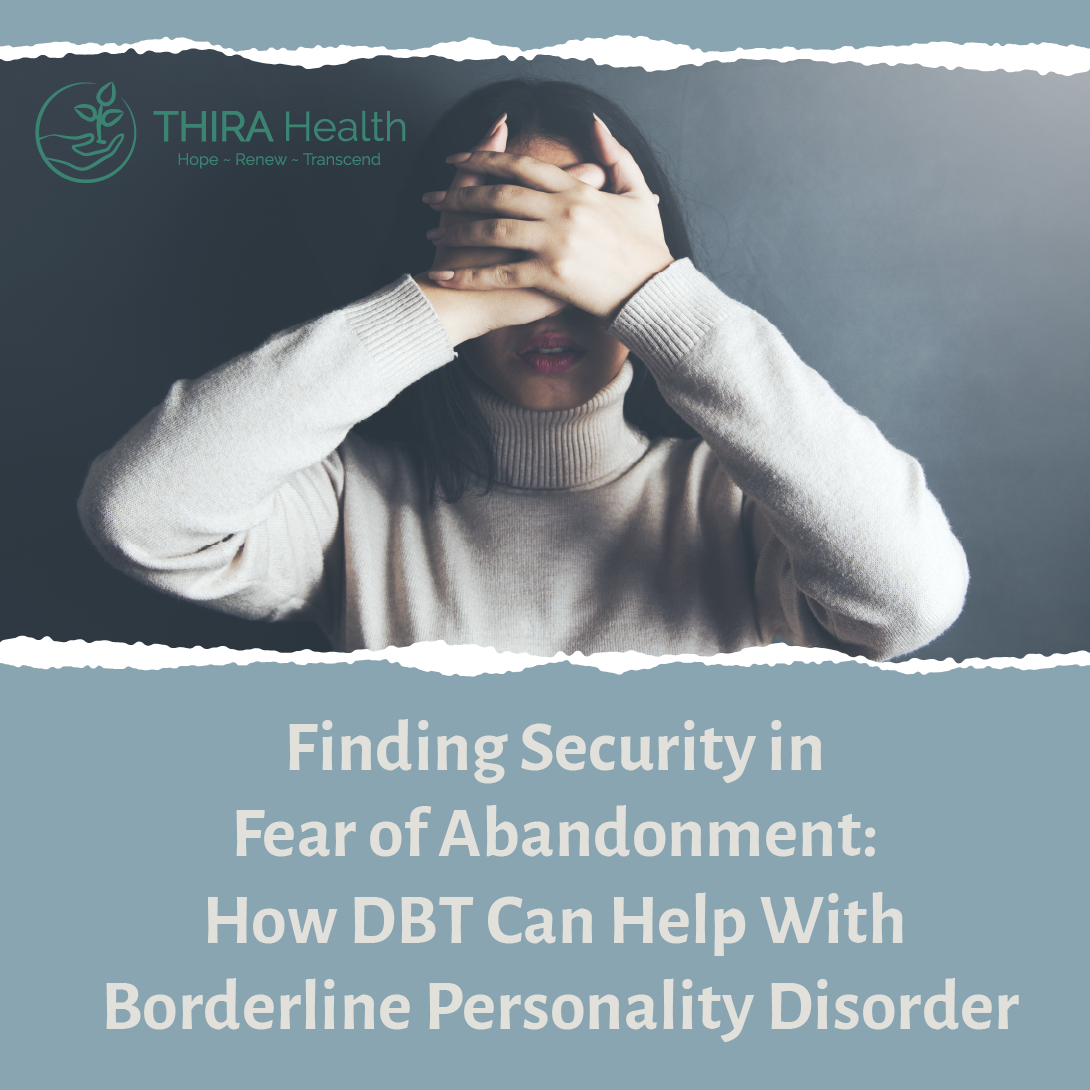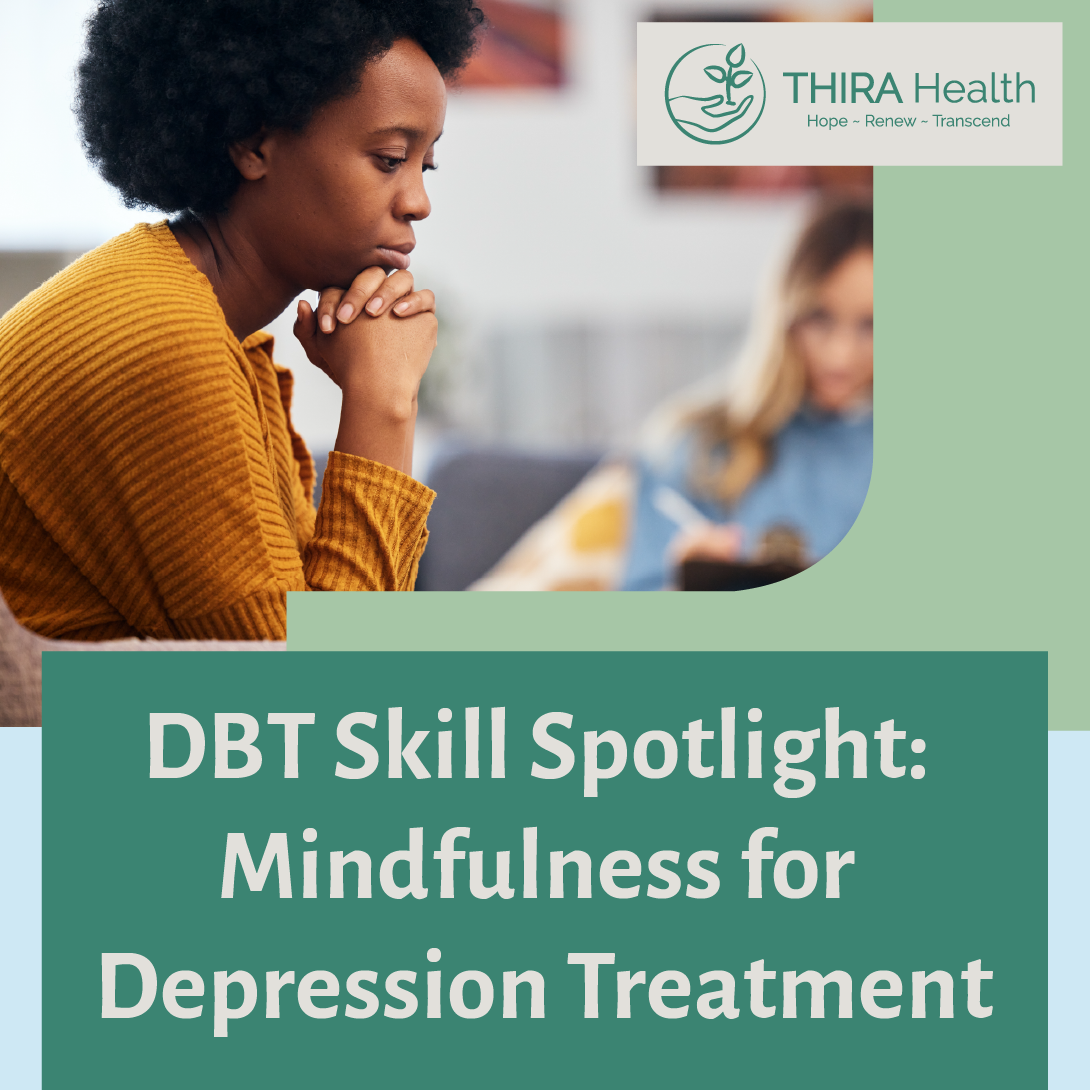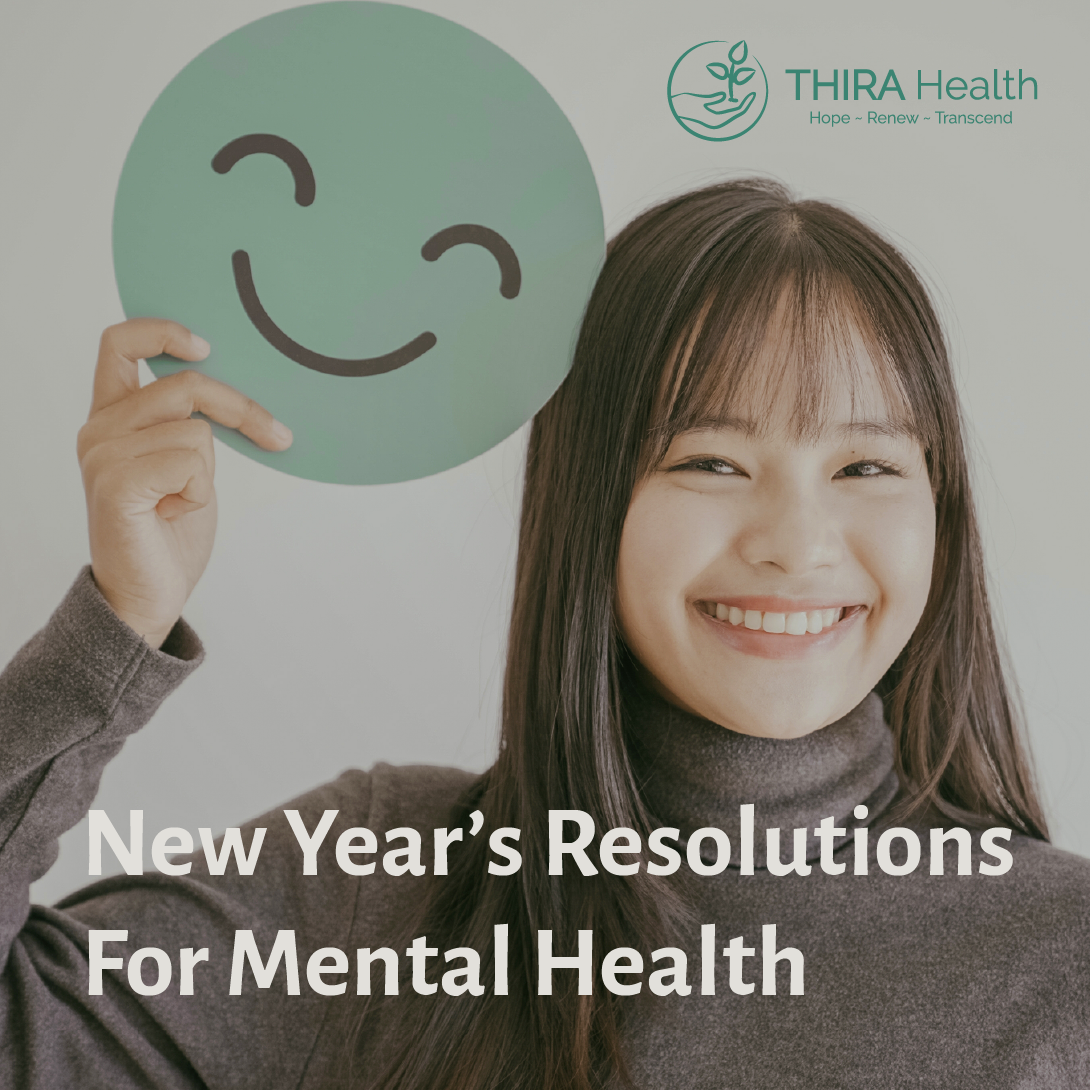When you have a teen in your life, you’re bound to feel protective. Teens are faced with big life decisions and challenges, often for the first time in their lives, and you want to help. Social pressures, friend and romantic relationships, academic worries, concerns about their future, changing hormones, changing mental health, and more can make the teen years tough.
Because the teen years can be so intense and the emotions so vivid, teens need coping mechanisms to turn to. Some are healthy, like pursuing interests in sports or spending lots of time with friends. But teens are also exposed to behaviors that hurt more than help, and sometimes, these behaviors feel like the only option a teen has. Self-harm is one of those behaviors.
Why would a teen self-harm?
Self-harm is a major concern in adolescent mental health, and it serves a few purposes for teens. First, it may be a way to express inner pain. Teens haven’t fully developed their ability to communicate what they’re feeling, especially when the pressures they’re facing are new to them. This method of causing external pain to reflect their internal experience may feel like their only option to make sense of what is going on with them. They may also feel like they deserve the pain, treating it as a form of punishment.
Second, teens may use self-harm to distract themselves from extreme emotional distress or traumatic experiences. Non-suicidal self-injury or “cutting” can often lead to very short-term relief from the distress, reinforcing to your teen that it will help, even if it doesn’t in the long run.
Experiences that may lead to self-harm in teens
- School pressures
- Sudden life events (divorce, remarriage, moving, death of a loved one)
- High-pressure home environment
- Experiencing abuse
- One or many traumatic incidents
- Social difficulties and loneliness
- Body image issues
- Low self-esteem
- Bullying, either at home, school, work, or from friends
- Experiencing violence
- Housing insecurity, food insecurity, or financial stress
What are 11 signs of self-harm in teens?
Self-harm isn’t just causing physical injury. It can be risky behavior, substance use, or even extreme exercise. Here’s a list of 11 signs of self-harm in teens:
- Cut marks, burn marks, or bruises on your teen’s skin with no explanation
- Carrying around sharp objects
- Long-sleeved shirts or long pants year-round, especially when they haven’t always dressed that way.
- Damage to your teen’s nails that appears suddenly
- Risky sexual behaviors
- Daredevil behaviors like reckless driving, picking fights, or unsafe activities
- Substance use and abuse, including drugs or alcohol
- Extreme exercise
- Disordered eating, including binge eating, purging, or restricting food
- Being secretive about their room, backpack, whereabouts, or activities
- Being withdrawn, sad, avoidant, or expressing they feel worthless or hopeless
How do you help a teen who shows signs of self-harm?
Adolescents are a mix of growing children and fledgling adults. They’re ready for more responsibility, and they’re focused on developing their own approach to life, but they often still need some adult guidance to help them make sense of the curveballs life throws their way.
Starting the conversation around self-harm can feel tricky. You may worry you’re introducing new, harmful ideas to your teen, that they’ll ice you out, or that you may push them away.
Now is the best time to start talking to your teen about self-harm. Here are a few ideas to help you begin:
Listen, don’t lecture
When you start talking to your teen about self-harm behaviors you’ve noticed, let them guide the conversation. They need to know they’ll be heard, they won’t be punished or judged, and that what they have to say actually matters to you.
They may have scary, difficult thoughts or experiences that are driving their self-harm behaviors, and they may be worried about punishment or lectures. No matter what they share with you, let them know you accept and love them. If you are upset about what they share, or if it’s something you morally struggle with or goes against your parenting, the most important thing right now is getting self-harming behaviors under control.
You can work with your teen on following your family rules after they feel safe and secure enough to stop self-harming, but for now, focus on your teen and what they need first.
Conversation starters for teens showing signs of self-harm
Here are some conversation starters to get your teen talking about self-harm. Your teen may shut you down a few times before they are willing to open up. Reassure your teen they aren’t in trouble and you’re here to listen. Keep trying, showing them patience and love through the process.
- I’ve been noticing this self-harming behavior. Can we talk about it?
- Is there anything you need to vent about right now?
- Are you concerned about self-harm?
- Is there anything bothering you about school/your friends/work/home?
- I’d like to talk to you about self-harm. I’m here to help you, and I’m ready to listen.
Offer your teen coping strategies to replace self-harm
Give your teen options of ways to cope with emotional overwhelm that can replace self-harm for them. Don’t pressure them if you continue to notice signs of self-harm; just continue to gently encourage options that can help them blow off steam safely.
- Write it out in a personal (lockable) diary
- Encourage them to invite friends over
- Use coloring books to relax
- Give them a physical outlet for emotions with exercise, dance, etc. (as long as physical exercise isn’t one of their forms of self-harm)
- Let them pick an activity the whole family does together
- Listen to music (loud, quiet, fast, slow, whatever they prefer)
- Do mindfulness exercises together, like yoga or breathing exercises
- Punch pillows, whack pillows against the wall, or yell into a pillow to let out anger.
- Press their hands against a door frame or wall and push as hard as they can to release hard emotions (not punching; this can cause injuries!)
- Ask them to choose a quiet hobby that requires deep focus to help them stay present in the moment.
Connect them with adolescent mental health care
Self-harm is a worrying mental health symptom, and adolescent mental health care can help your teen find healthier coping behaviors that help them more than self-harm ever could. Depending on the severity of your teen’s mental health symptoms, you’ll want to consider your options, including:
- An intensive outpatient program, or IOP, where your teen attends group and individual therapy for around half their day but lives at home and still participates in their everyday life.
- A partial hospitalization program, or PHP, where your teen spends most of their day in an intensive, holistic DBT teen depression treatment program but lives at home in the evenings.
- Residential treatment centers where your teen moves to the adolescent mental health center where they receive teen depression treatment, giving them access to 24/7 support and highly structured, holistic adolescent mental health treatment.
THIRA Health offers IOP, PHP, and residential treatment centers for adolescent mental health. We can help your teen leave self-harm behind, guiding them to learn and use healthier coping strategies as they build their self-esteem and process the traumatic and stressful experiences that led them to self-harm in the first place. Connect with us today to get started on helping your teen build a life worth living!
